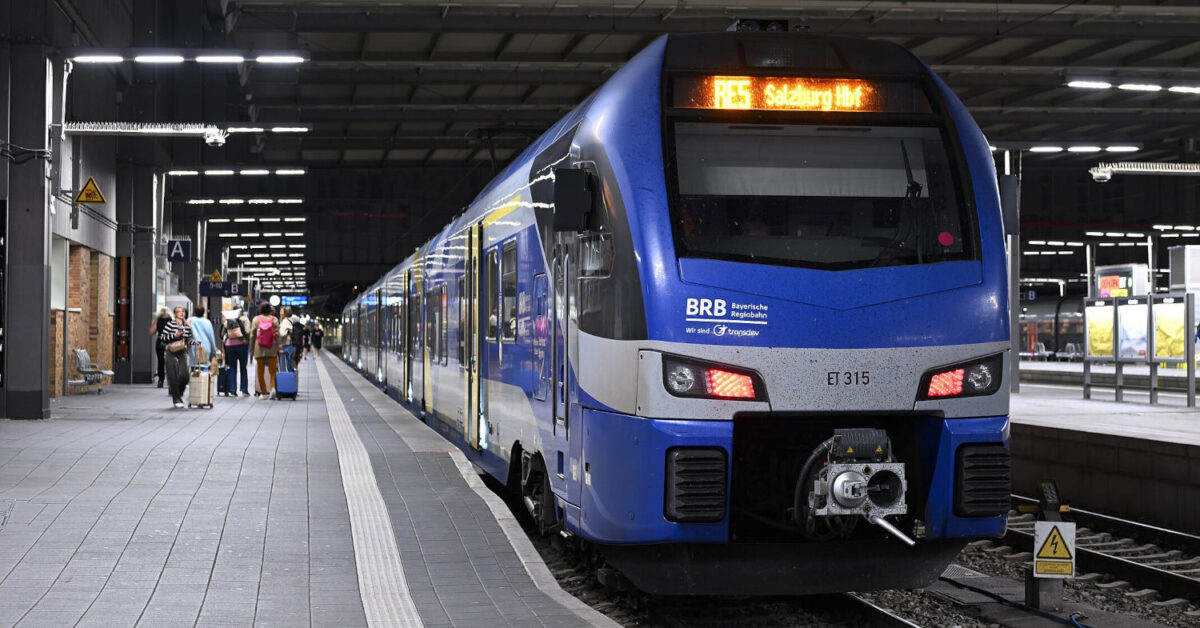Germany’s 27 regional transport authorities have agreed to join forces to purchase future regional trains and S-Bahn (PSO services) jointly and on the basis of shared technical standards. A move designed to reduce costs, simplify maintenance and speed up deliveries.
The plan, formalised in a letter signed by 23 of the 27 authorities in September, could transform the way Europe’s largest passenger rail market procures new trains.
PSO trains, a state competence
In Germany, since 1996 the Länder have been responsible for the procurement of public service trains. This transfer of responsibility opened the way for contracts to be awarded by public tender. This was a pioneering implementation of what later became the EU’s 4th Railway Package.
With regard to the acquisition of rolling stock, some regions have taken over the purchase and subsequent leasing of rolling stock to the operators. In some cases, it is the operator himself who has to provide the rolling stock, either by direct purchase or by renting from private leasing companies.
This model has caused great fragmentation in the procurement of new trains and the absence of a federal standard. This leads to a great variety of rolling stock which makes purchasing, maintenance and staff training difficult and expensive.
Standardised joint purchasing based on VDV Tram-Train model
The initiative was launched jointly by the Federal Association of Local Rail Transport (BSN), the association of rolling stock manufacturers (VDB) and the non-profit transport alliance Allianz pro Schiene.
On the one hand, it facilitates the joint purchase of rolling stock by several regions. On the other hand, it will set standards for new trains.
These unified standards include standard lengths, a fixed ratio of doors to seats and specific door widths depending on whether the trains are intended for urban or regional operation. It also includes minimum specifications for toilets adapted for persons with reduced mobility.
The strategy recommends placing larger orders with a minimum of 15 units per purchase. To facilitate joint procurement, purchasers should inform the industry in advance about future orders and the main specifications of the rolling stock.
The promoters expect standardisation to reduce delivery times, simplify driver and staff training, and reduce production and maintenance costs. The goal is to establish a unified fleet by 2030, with annual economic benefits estimated at €200 million.
This experience follows the successful precedent of the German-Austrian VDV consortium, which developed unified requirements for tram-train, allowing a single contract for up to 500 three-car Stadler CityLink vehicles, resulting in savings of approximately one million euros per unit.
